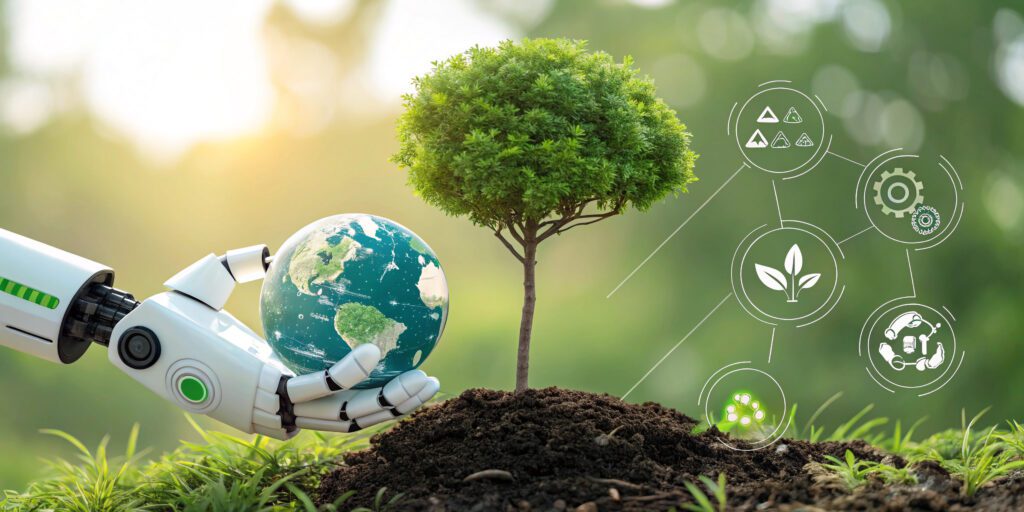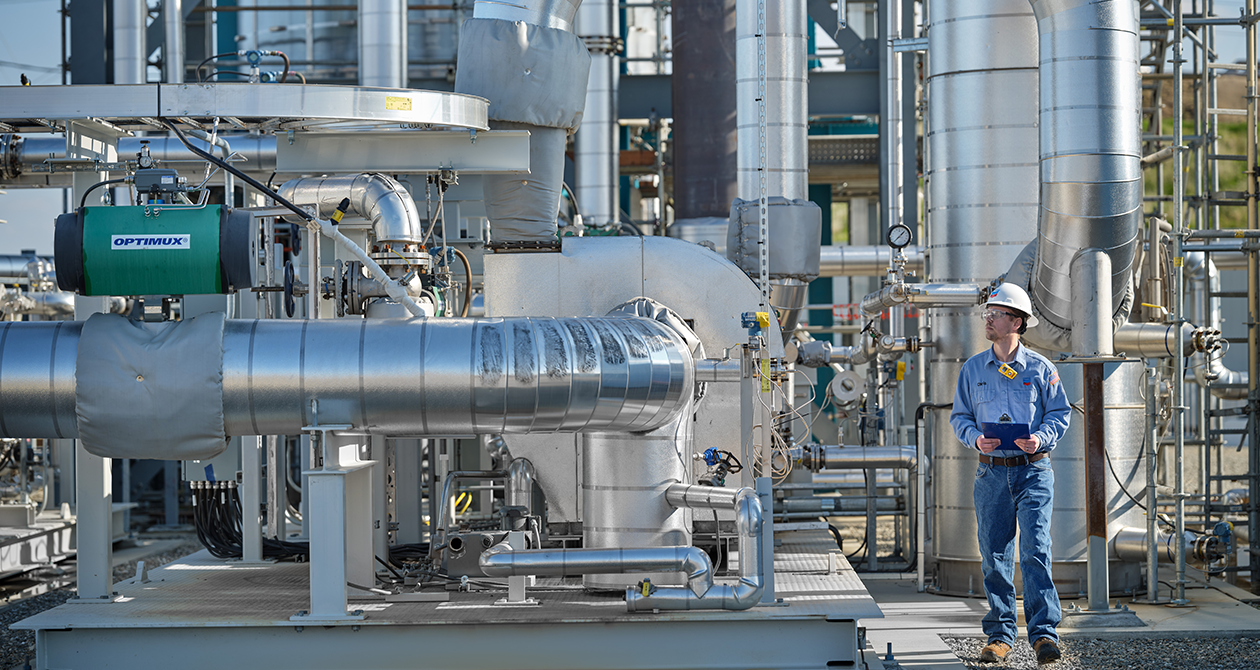AI is emerging as a gamechanger for many industries, but it also presents society with its own set of challenges, including environmental ones. Thanks to the demands of AI compute loads, the carbon footprint of data centers is expected to nearly triple by 2030, creating an incremental 2.5 billion tons of CO2-equivalent emissions, according to a recent report by Morgan Stanley. This increase would cancel out more than 80% of all globally targeted emissions reductions over the same period, according to the International Energy Association. Like many transformative technologies before it, however, within this challenge lies the potential for AI to also be a critical part of the solution.
Understanding Carbon Intensity
One important area where AI can shine is in helping businesses understand and manage their carbon intensity. Modern businesses can have sprawling supply chains that cut across multiple industries and geographies. Measuring emissions at every step is a daunting task, often far beyond the capability of humans, but one that AI is uniquely equipped to handle. AI now enables companies to better understand the carbon intensity of their products and, especially for economically critical industries with emissions challenges, unlock the ability of mechanisms, like the voluntary carbon market (VCM), to connect them with opportunities for carbon removal.
AI can analyze data from various sources—business operations, geospatial data, commodities trading, and more—to provide a comprehensive view of supply chain emissions. This capability is also crucial for industries like pulp and paper, where understanding the biomass value chain is essential to the creation of new business models in carbon removal. By extracting insights from these massive reams of data, AI can not only identify where emissions are happening, but also help ensure that emissions removals and reductions are genuine and verifiable.
The Advanced Materials Revolution
Another area where AI’s transformative power is already evident is in materials science fields, like pharmaceuticals and health care, where it is drastically shortening the time needed to understand diseases and develop custom molecules that can be turned into new drugs and medical treatments.
This is extremely relevant to cutting-edge climate technologies such as carbon capture, utilization, and storage (CCUS). Carbon capture filters, like the ones developed by Svante, are basically molecular-scale cages that selectively trap CO2. The same algorithms behind the next miracle drug can also be used to design new materials that absorb CO2 more efficiently than ever.
Using traditional computing methods, these kinds of quantum-scale calculations take months to perform in search of a single material. Now, deep learning and generative AI is opening new frontiers by using sophisticated new approaches only introduced in recent years. These algorithms, such as message passing neural networks for example, can model complex data structures by using graphs that more accurately reflect the real-world structure of information.
That means that new, advanced AI-based materials science can rapidly generate and test thousands of hypothetical structures, significantly speeding up the process of developing and understanding new materials, and doing in days or weeks, what would previously take months. While improvements are likely to be more like 10% rather than 10x, even modest gains can be transformative when they lead to lower costs and higher performance. This will lead to the development of new materials, which are intrinsically environmentally responsible, low cost, scalable, and expand the ability of solid-state filters to address global carbon emissions with higher CO2 capture and removal performance.
Accelerating Adoption of Carbon-Capture Technologies
The required build-out of carbon capture and removal plants to meet global emissions targets is staggering. This presents a challenge for the carbon capture industry to rapidly deploy physical plants, which are capital intensive and require time and expertise to properly deploy and operate. AI has the potential to accelerate adoption by increasing the efficiency and reducing the cost and complexity of engineering, installing, and operating these plants, acting as a guide for businesses that are unfamiliar with carbon capture. By providing a digital twin and an AI “copilot,” companies can deploy carbon capture removal more quickly and with less expertise.
Digital twins, which are virtual replicas of physical systems, will benefit immensely from AI. These virtual models are increasingly common in industrial settings to help drive insights into the interplay of complex systems and processes. AI can hone these models to identify new efficiencies and failure modes, helping to accelerate CCUS adoption by reducing risks and lowering barriers for early movers.
The Road Ahead
When it comes to the climate, AI presents tantalizing opportunities. Its ability to analyze carbon intensity, develop more effective carbon-filtering materials, and accelerate adoption of carbon capture technologies will help mitigate its own environmental impact. As we at Svante continue to innovate, AI’s role will be crucial in driving the next wave of sustainable technologies.
Learn more about Svante’s innovative carbon capture and removal technology.








